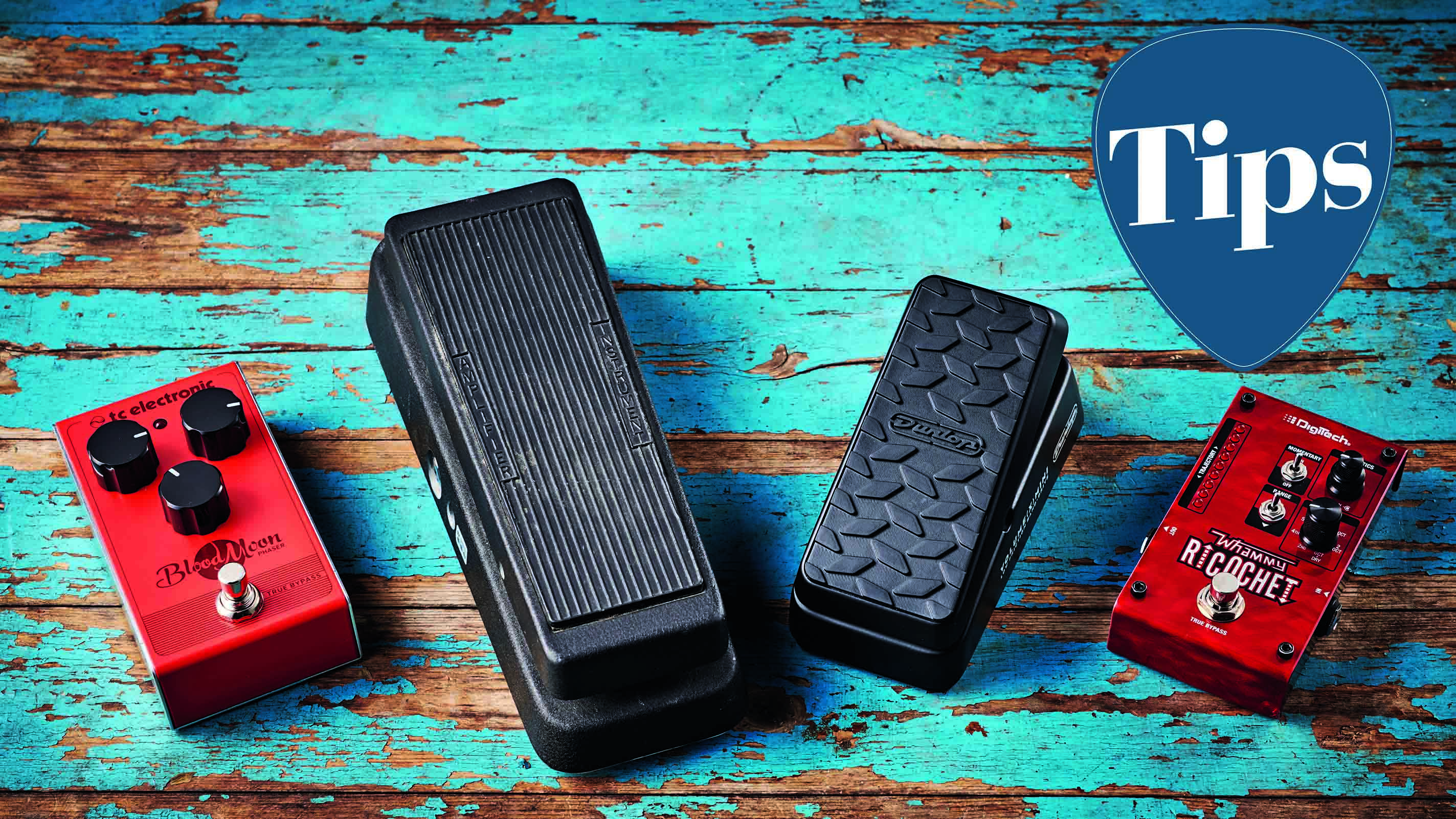
Whether it’s because you’ve got stuck in a rut of always using a pedal a certain way, or you’ve never checked out an effect to add to your pedalboard because you couldn’t see what it could be useful for, you might have overlooked a few absolutely classic effects pedals.
Here, we’ve put together a few ways that we use these standard pedals to inspire ideas. Hopefully, they will be useful, or at least the start of you finding new ideas and settings of your own.
Wah

A mainstay of most pedalboards, the humble wah pedal isn’t just about ‘waka waka’ sounds and hair-metal solos. By using its filtering capabilities in non-standard ways, it can become an inspiring and much more versatile part of your pedal arsenal.
In some genres, the pedal has completely fallen out of fashion due to its association with corny guitar sounds, and that’s a shame.

1. Variable filter
By slowly opening and closing a wah pedal you can create a very subtle filter sweep to underpin clean passages, or a swirling, psychedelic haze by adding additional effects after the wah.
This technique can be particularly effective for breakdown riffs if placed after a drive or fuzz pedal.
2. Cocked wah
Turning on a wah pedal and ‘parking’ it at a position in its sweep is known as ‘cocking’ the wah. Most famously you’ll have heard this effect used on Money For Nothing by Dire Straits, but you’ll often hear a wah cocked toe-down to introduce breakdowns, or for intro parts.
The most dramatic we can think of is Dead Star by Muse…
3. Frequency range change
Wah pedals have a control for altering the Q frequency that they pivot around. If your wah doesn’t have this, it’s fine - you might just need to try other wah types that have different responses.
We confess to using a Vox wah over a Cry Baby for its frequency response, while Steve Vai prefers the Morley profile.
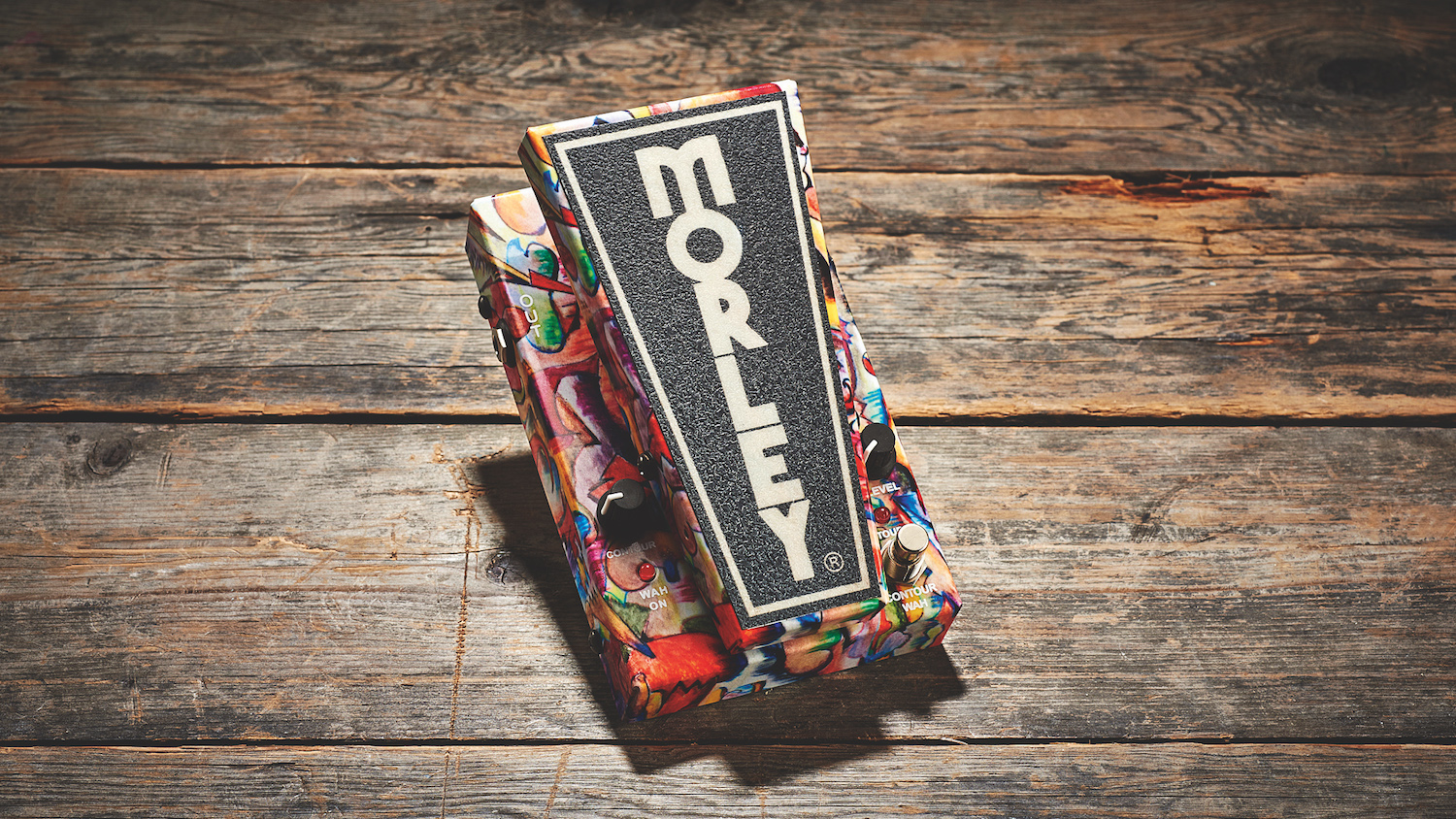
Volume
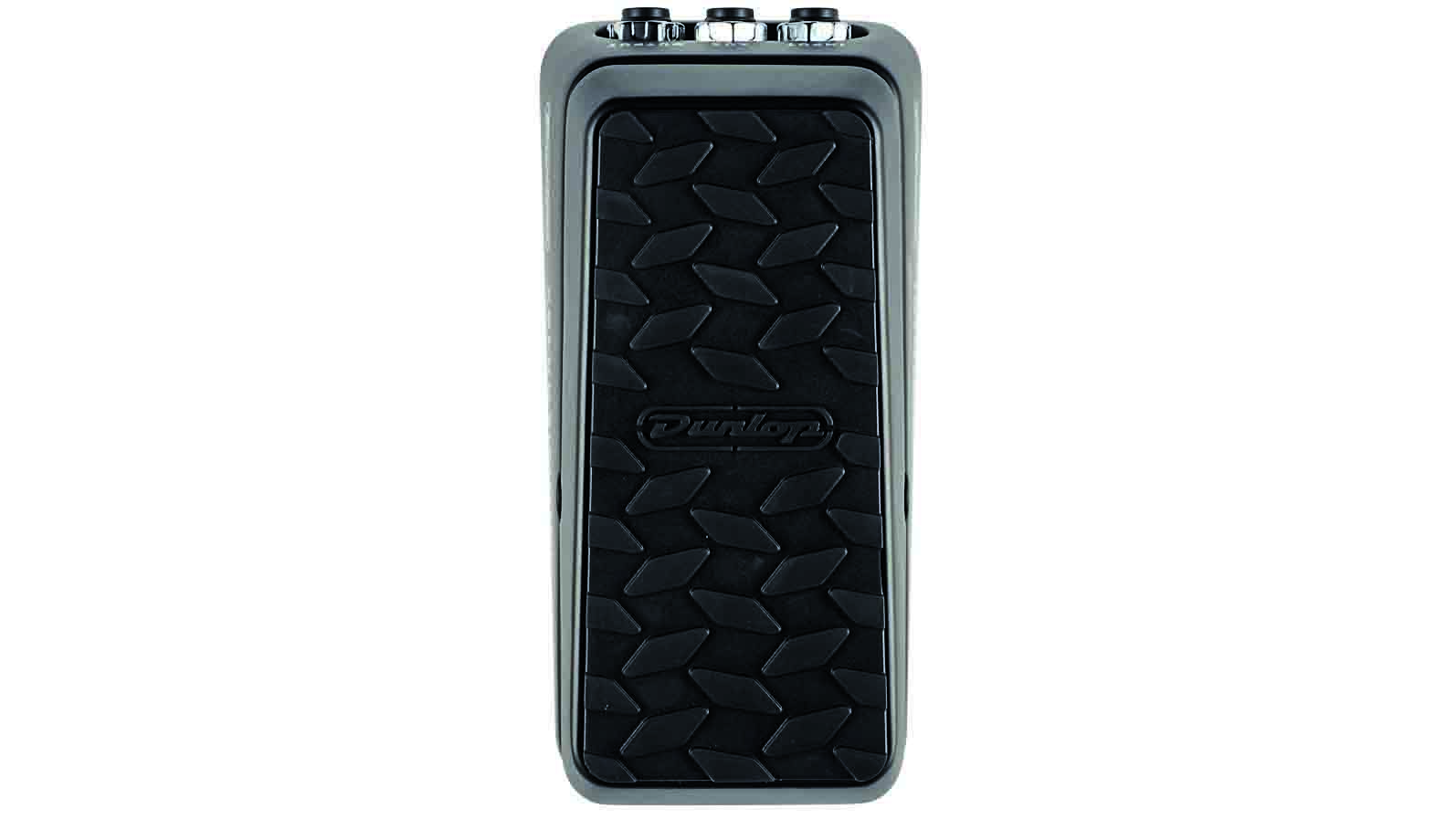
Although it’s pretty rare to see a professional player’s pedalboard without a volume pedal, for your average guitarist, volume pedals are still relatively misunderstood.
Besides from performing the most obvious function – killing your guitar signal between songs – they’re a versatile tool and absolutely worth investing in.
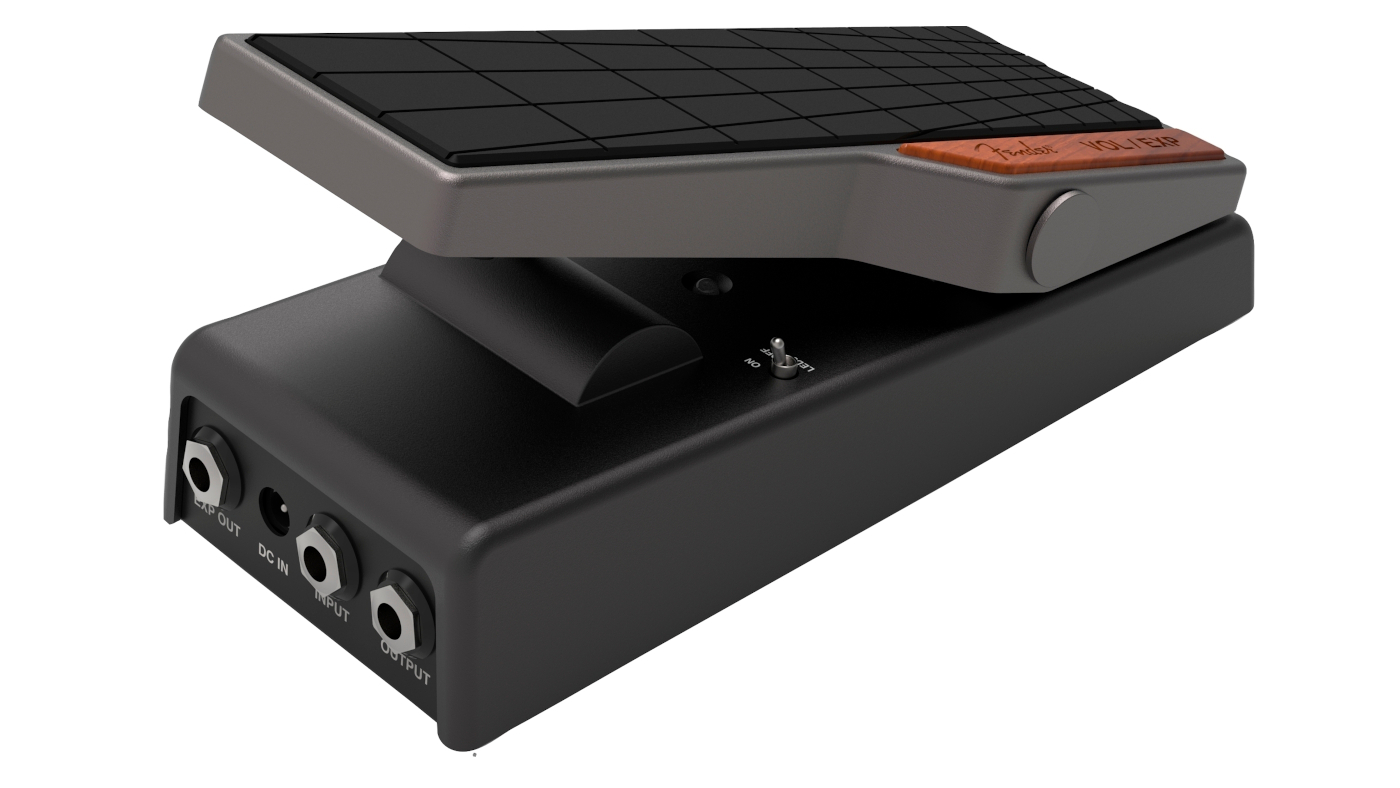
1. Violin
Okay, we know, this is probably the oldest guitar trick in the book, but nevertheless, it’s still one that not every guitarist has tried.
Using the volume knob on your guitar to create ‘violin’ like smooth volume swells by turning it up from zero quickly is fantastic, but is something that’s made all the easier with a floor-based volume pedal.
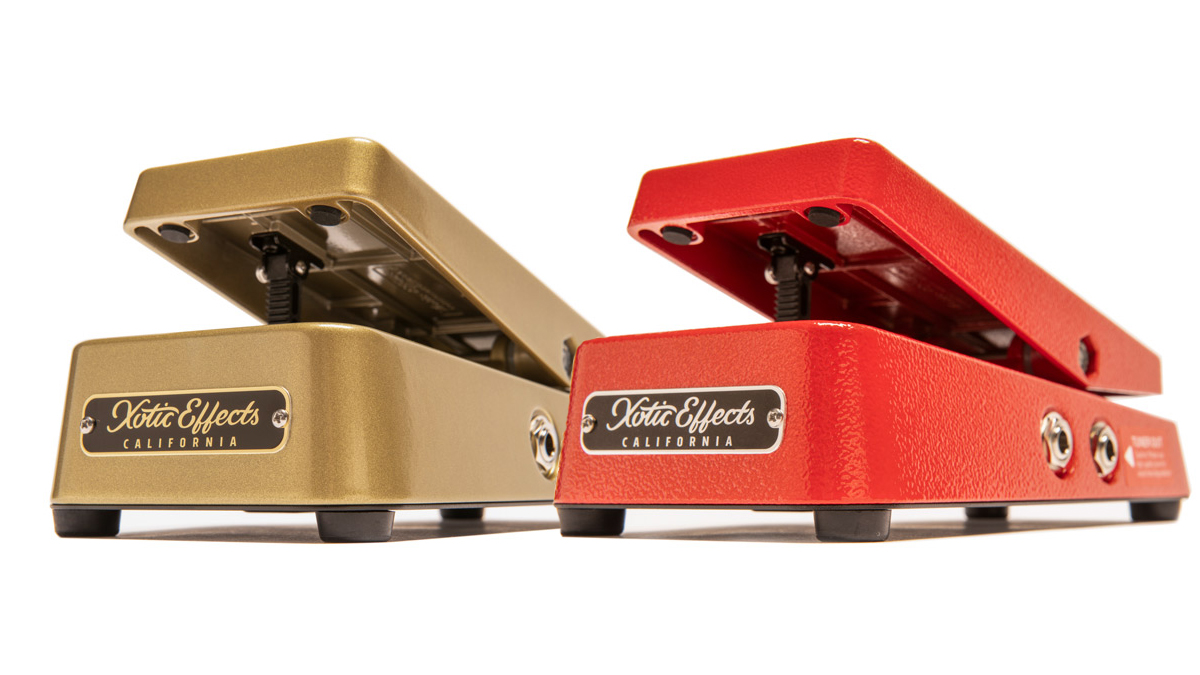
2. Swell with trails
If your volume pedal is placed at the start of your signal chain, you can place delays or other exotic effects after it, and then dynamically control when the notes from the guitar get through to trigger the effects.
3. Gain control
Placing your volume pedal at the end of the chain, after any distortions, means that with a good volume pedal and a drive sound that’s not over the top, you may well be able to roll off most of the gain from your signal smoothly, like the impressive sleight of hand at the end of the solo from Steve Vai’s Tender Surrender.
Phaser
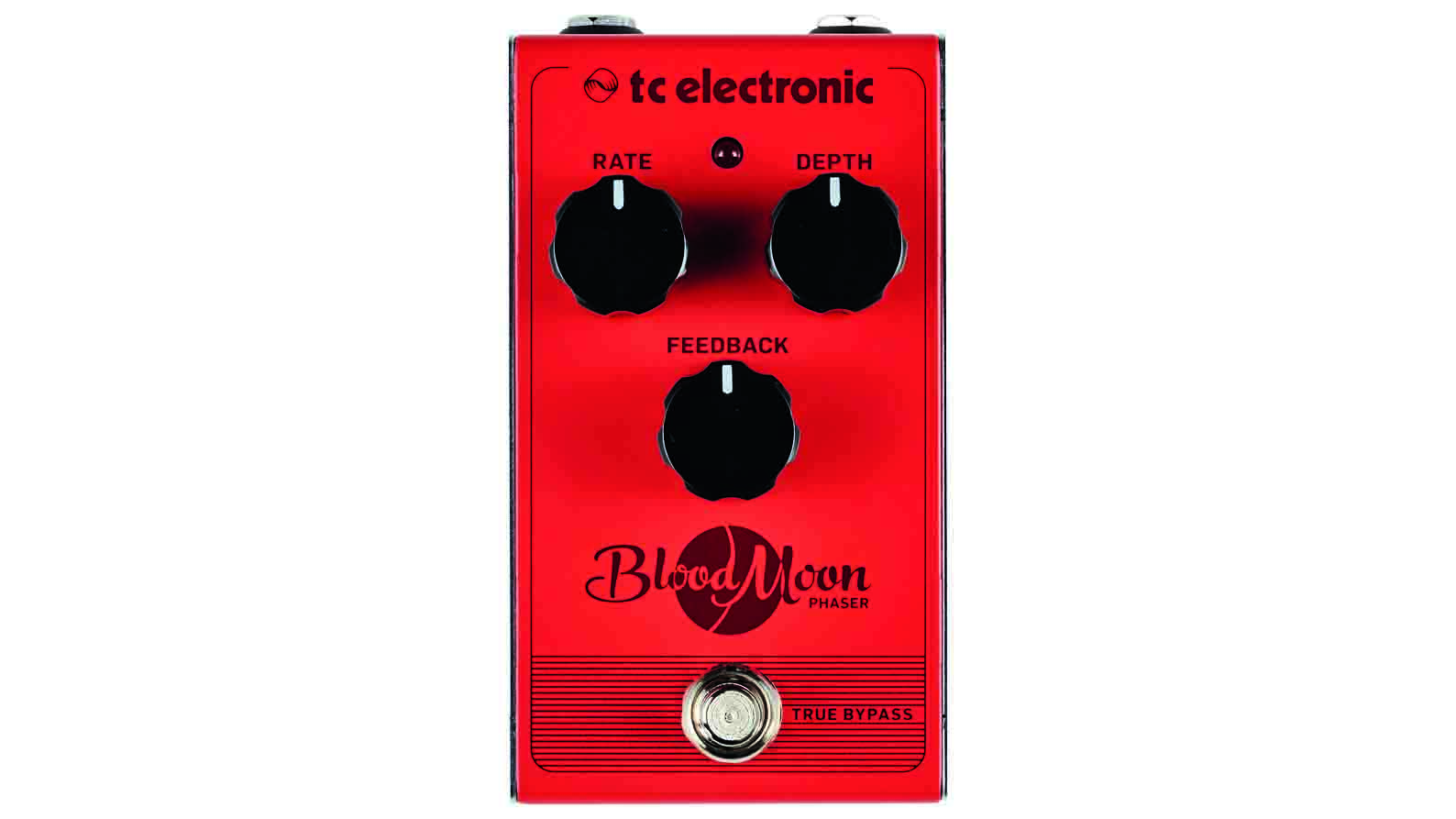
Just like the flanger, there’s often a perception amongst guitarists that the phaser can only do one thing - the wide, tripped-out sweep you might hear on a Tame Impala song or any number of classic psychedelic records. They’re way more inspirational than that though, and there are ways of using them for everything ranging from blues licks to post-rock crescendos.
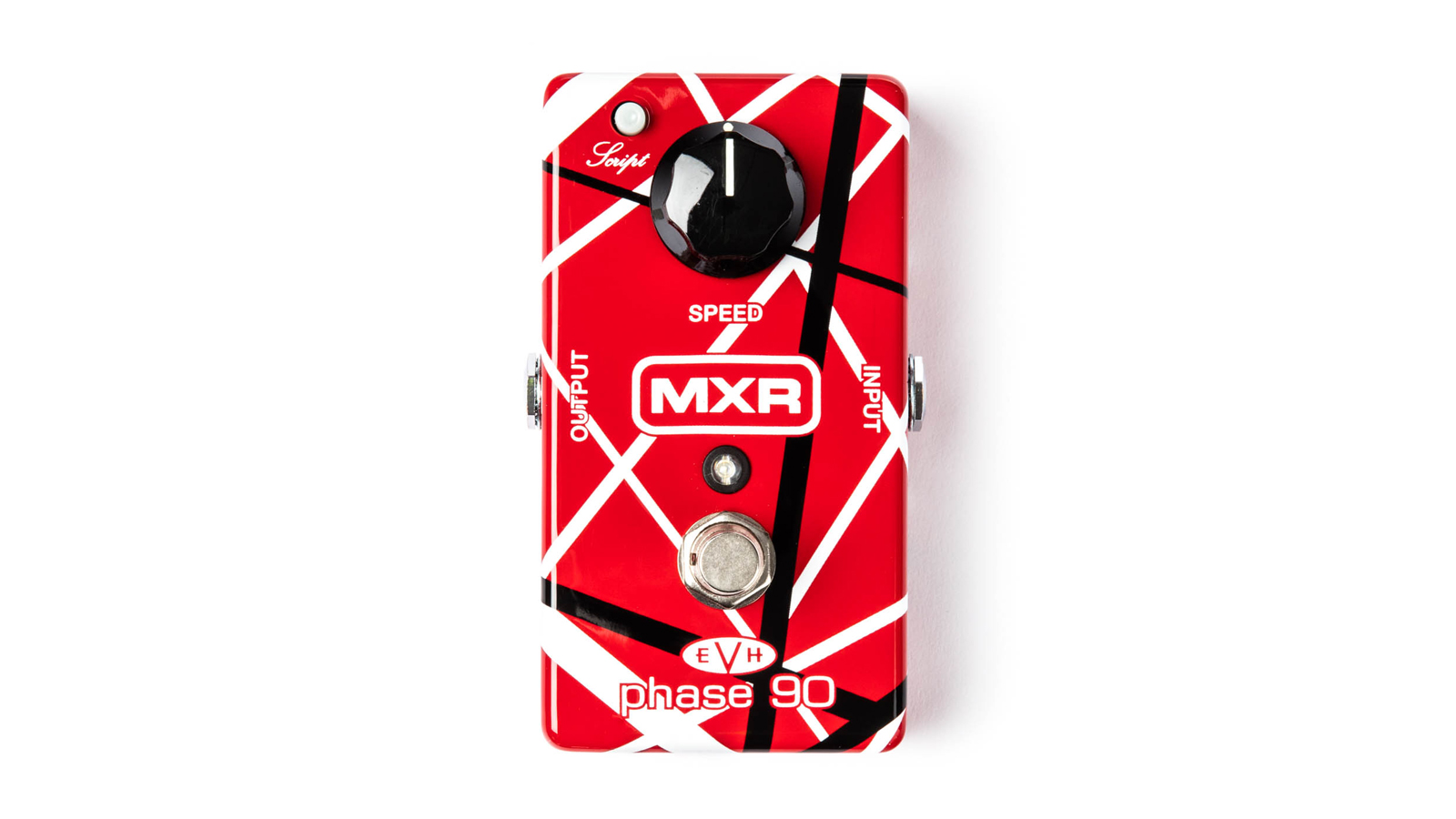
1. Subtle phase
Subtle phase: Some players don’t really use clean guitars unless they have a hint of ‘movement’ to the sound. Phaser pedals and vibratos are an excellent way to give a little bit of life to picked or arpeggiated chords.
Simply set the rate to a very slow cycle, and drop the depth so it’s barely there. A bonus is that, if at the end of your chain, adding reverb or delay will slightly emphasise both the tails of those effects, and the modulation, building tension and drama.
2. Uni-Vibe solo tone
With the depth up and rate up, it’s possible to get a passable Uni-Vibe sound out of most phaser units. With a solo level of distortion in front, you get gorgeous, psychedelic movement to your solos - think Pink Floyd’s Any Colour You Like.
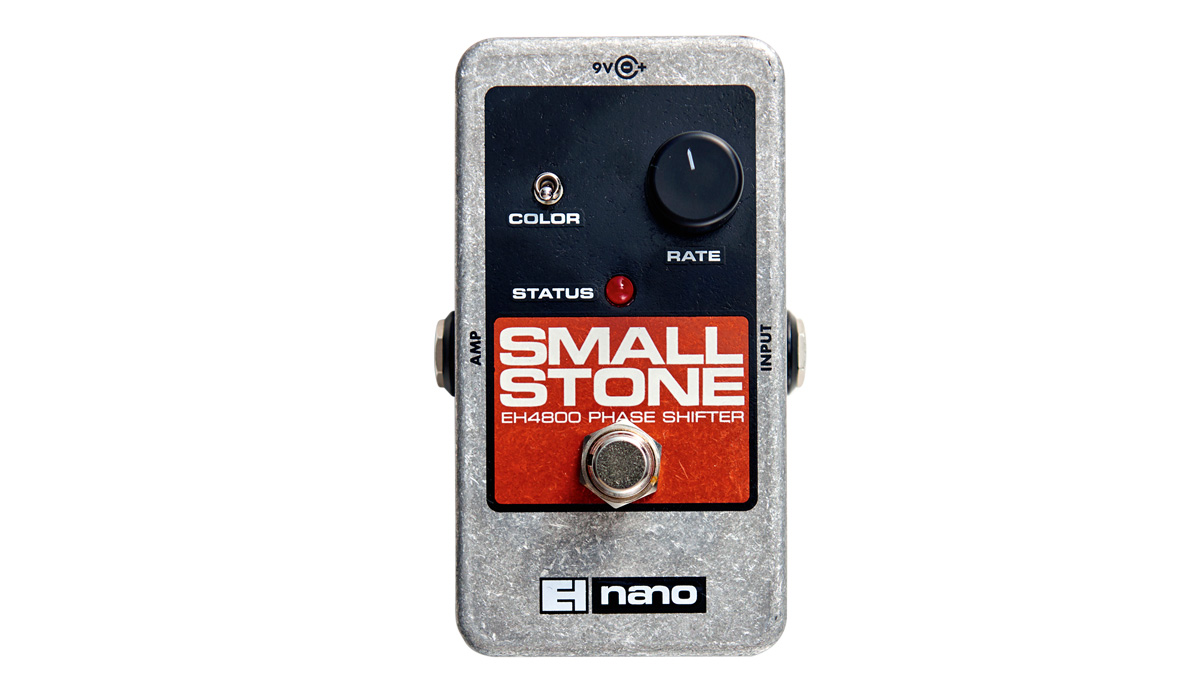
3. Extreme phase
Put a fuzz or distortion in front of a phaser with the depth maxed out, and hear it roar to life. This isn’t a subtle setting that can be used often, but it’s a lot of fun when you can justify it.
Whammy

It’s certainly true that – between Tom Morello from Rage Against The Machine, Jonny Greenwood from Radiohead, and Matt Bellamy from Muse – most of the Whammy tricks have been well and truly covered many times. There are still a few basic settings you can take advantage of that might be unfamiliar, and if you don’t own a Whammy, then rest assured that it’s as essential a purchase and an addition to your pedalboard as a good distortion.
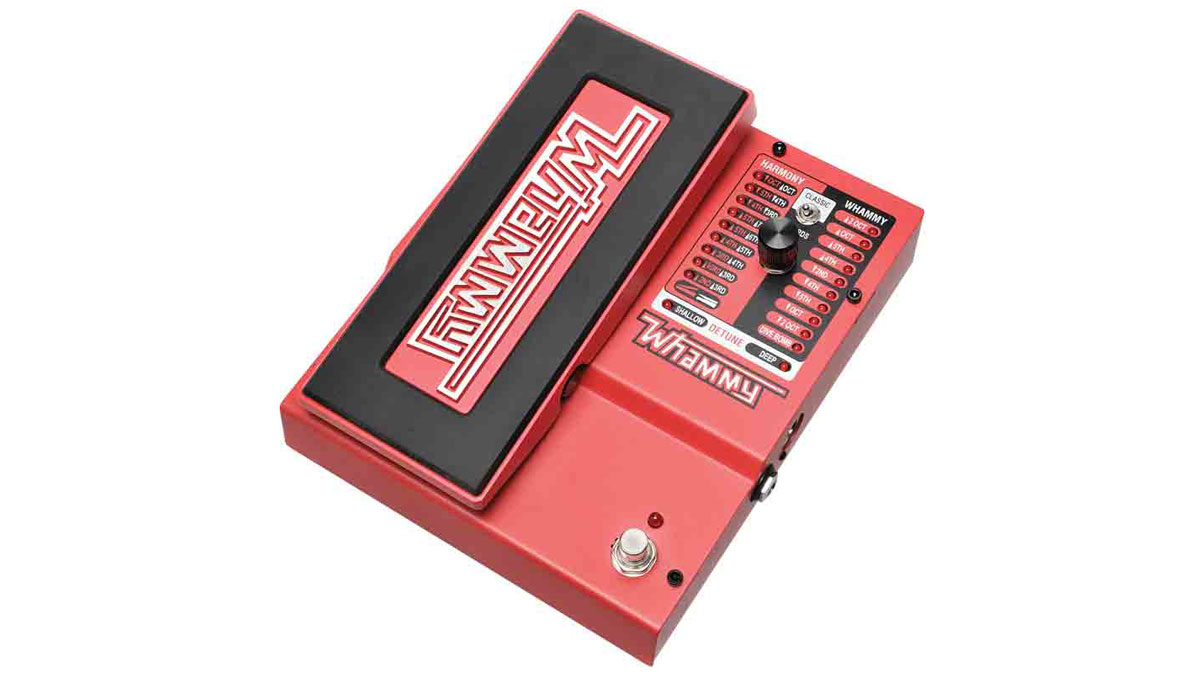
1. Solo doubling
For models of the Whammy with a dry out, take both out and blend them together with a 50-50 ratio. Set the Whammy to either one or two octaves up and play a solo with lots of gain.
To accent particular parts, you’ll need a Whammy with an expression pedal, dropping the wet signal back towards the dry note. This will create a disorientating but wicked ‘full stop’ sound effect.
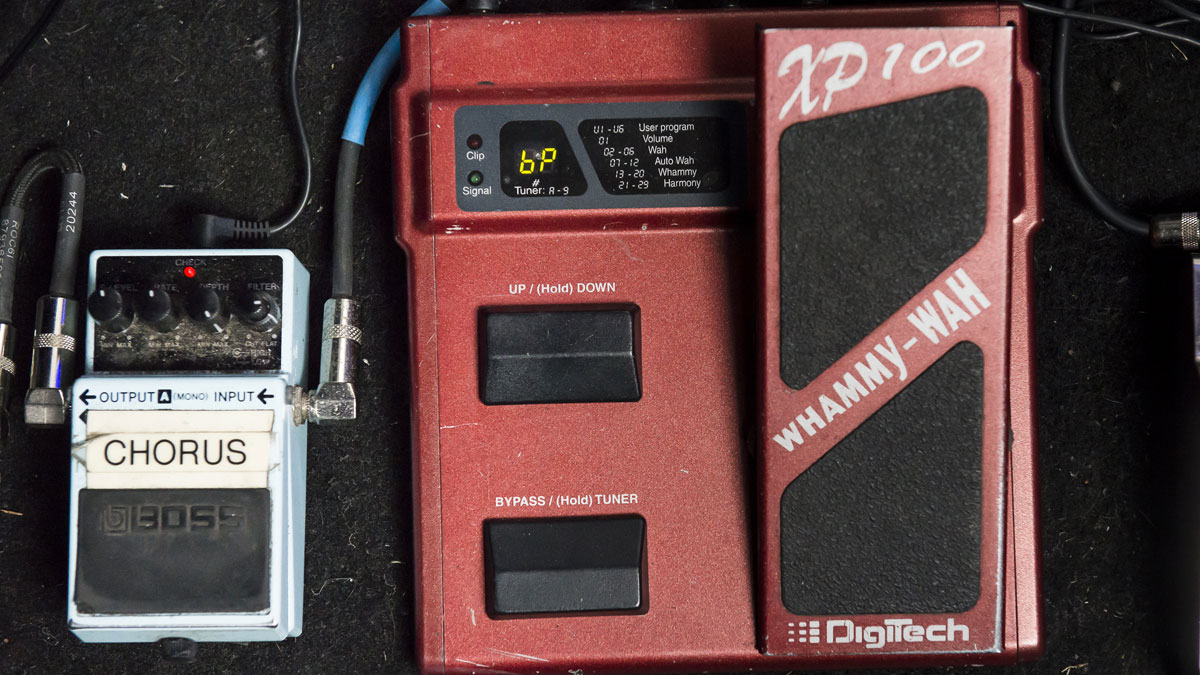
2. Crunchy video game sound
With the Whammy in front of a fuzz, use the often-neglected two octaves up setting. Playing chords will result in a bitcrushed, glitchy sound, while playing quick runs will sound more like a synth than a guitar, particularly if you use tapping or legato rather than alternate picking.
3. Expression use
Setting the pedal to a single octave up, it’s possible to use the Whammy as a rhythmic pitch sweep, if you move the treadle in time with the beat, or at double-time feel.
This was a favourite trick of Matt Bellamy’s at early Muse live shows, and can be clearly heard on the Absolution-era B-side Fury.







